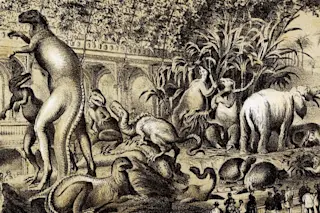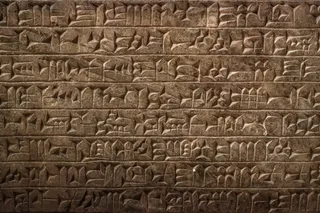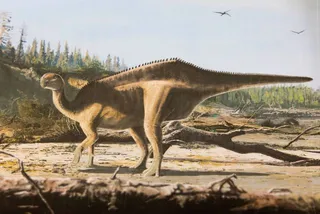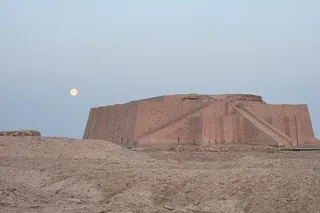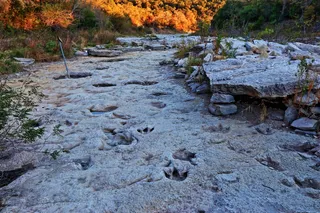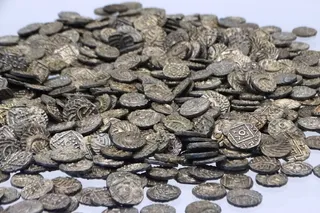The Paleozoic Museum in Central Park was sure to be spectacular. The 1868 plans for the museum imagined an immense and sophisticated space filled with fanciful dioramas of dinosaurs and other ancient animals, all intended to incite a passion for paleontology in its visitors.
But in May 1871, the models that were made for the museum were destroyed by a band of sledgehammer-wielding workmen. The incident was one of the most strange and startling moments in the history of paleontology. And as the smashed pieces of the models were swept away after the destruction, so too, were any and all lingering hopes for the city’s monument to ancient life.
For years, researchers thought they knew who orchestrated the destruction. But a paper published by the U.K. Geologists' Association rethinks the history of this incident and identifies its true culprit as the treasurer of Central Park’s Board of Commissioners, an affluent ...



